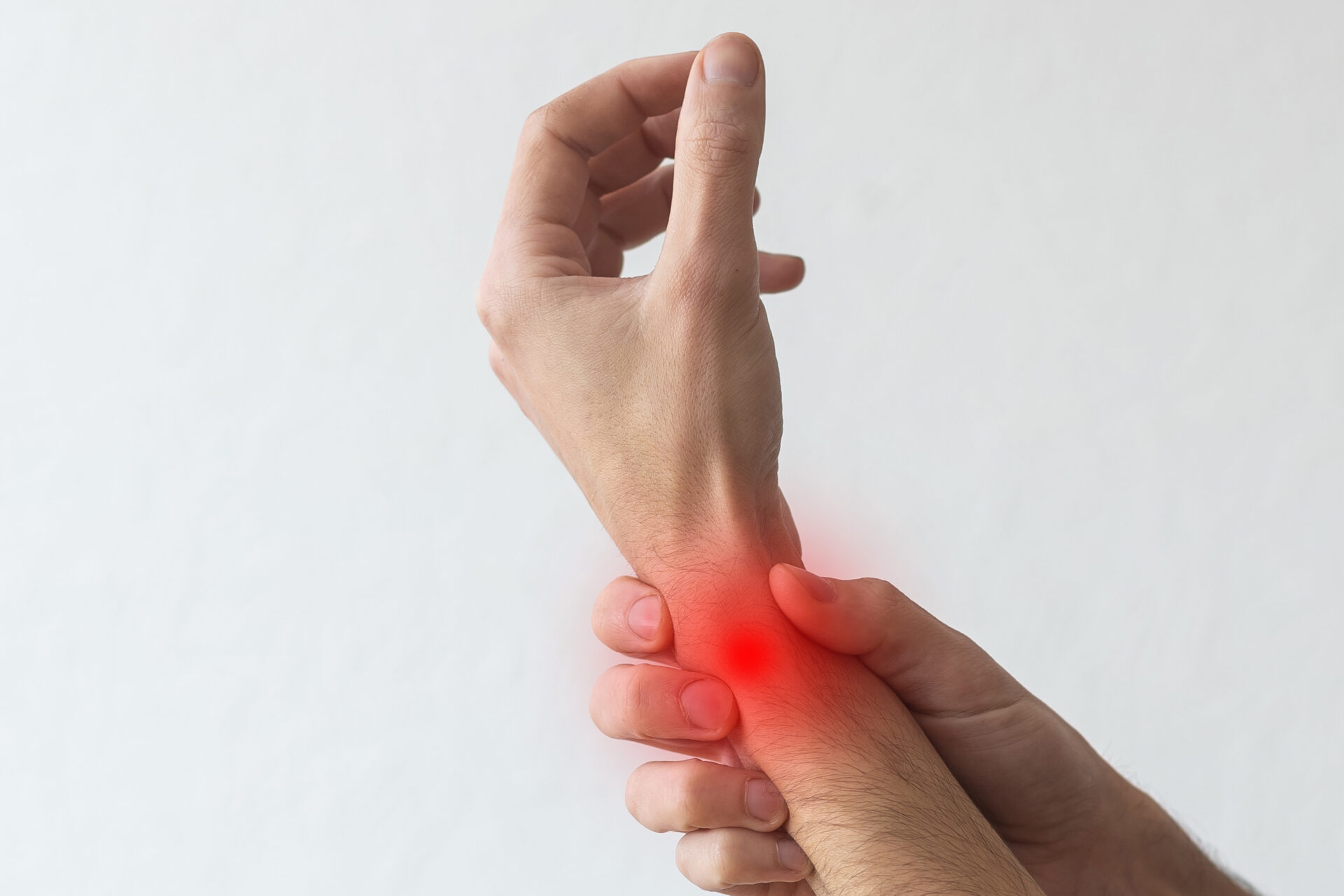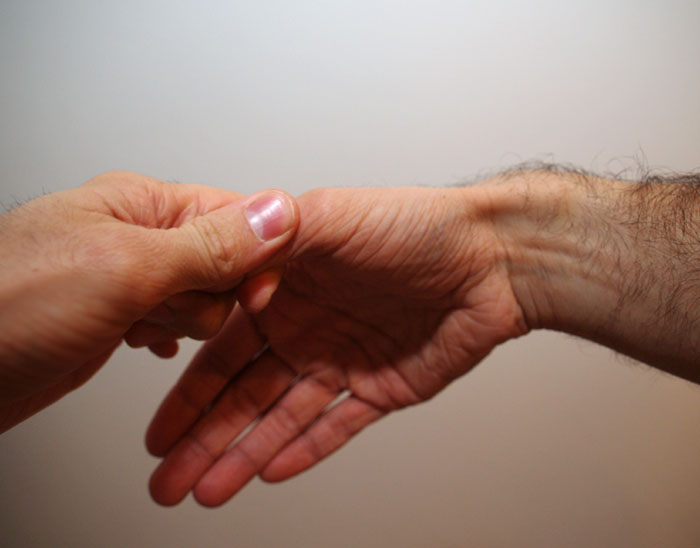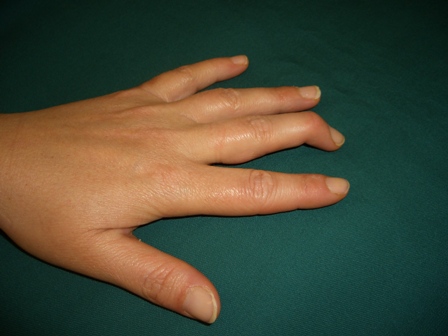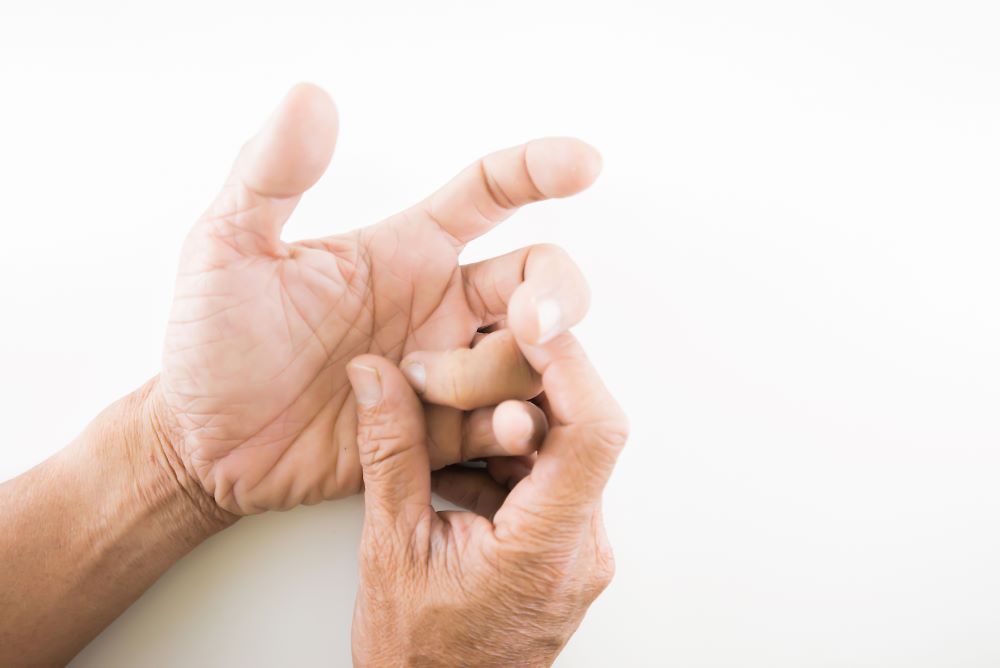Our hands are complex. They are formed from bones, muscles, ligaments, nerves, and tendons, all working together to perform intricate movements. Unfortunately, when we injure our hands we can suffer in our everyday lives, losing the ability to work, drive, or perform everyday tasks. Our tendons are not exempt from injury. They are one of the most commonly affected components of our hands.
Ladan Hajipour is an experienced hand surgeon in Manchester, specialised in dealing with various conditions and injuries. This blog will discuss some of the most common hand tendon injuries, their causes, symptoms and treatment methods.
What is a tendon?
Our tendons are responsible for connecting our muscles to our bones. The tendon itself is a fibrous piece of connective tissue that allows our bones to move with the contracting or relaxing of our muscles. Our hands utilise two different types of tendons: flexor tendons and extensor tendons.
Flexor Tendons
Flexor tendons are found on the palm side of our hands and facilitate the bending of our fingers and thumb, making it easy to pick up or carry objects. Making a fist is a perfect example of all your flexor tendons contracting. There are 9 flexor tendons in total, many of these tendons begin as high as the elbow.
Extensor Tendons
Extensor tendons on the other hand are found on the back of the hand. They allow the straightening of our fingers and thumb so we can release what we’re holding. A ‘high-five’ is a great way of showing all your extensor tendons working together. There are 12 extensor tendons, many of which also begin at the elbow.
De Quervain’s Disease
The first common hand tendon injury we’ll look at is De Quervain’s disease, or De Quervain’s tenosynovitis. Tenosynovitis refers to inflammation and swelling of a tendon typically in the wrist or hand. De Quervain’s disease is when this inflammation is focused around the thumb tendons. As these tendons sit closely over the bone, they allow movement of the thumb away from the rest of the hand.
Causes of De Quervain’s Disease
De Quervain’s disease is caused primarily by overuse of the hand and wrist, but can also occur from injury to the thumb, i.e. a sharp, direct blow. De Quervain’s can also occur due to inflammatory conditions such as rheumatoid arthritis, or from repetitive lifting of a newborn baby.
Symptoms of De Quervain’s Disease
The most prevalent symptom of De Quervain’s disease is pain and swelling at the base of the thumb. Those with De Quervain’s disease may notice some tenderness when pressing at the thumb side of their wrist, experience difficulty moving the thumb and/or wrist, and possibly feel occasional clicks from the tendons.
Treatment for De Quervain’s Disease
Once diagnosed as De Quervain’s disease by a healthcare professional using a Finklestein’s test, ultrasound or MRI, treatment can begin. Treatment can be given either operatively or non-operatively.
Non-operative treatment involves a steroid injection into the tunnel surrounding the tendons, to reduce the inflammation around the thumb. Accompanied by hand therapy, splinting and analgesia, this treatment can have a 70-80% success rate.
Operative treatment is suggested when the non-operative treatment has proven unsuccessful. The procedure involves a 3-4 cm incision over the end of the wrist to allow a reconstruction of the tendon tunnel after removing the inflamed tissue.
Following surgery for De Quervain’s disease, normal activities are encouraged, however, any heavy lifting should be avoided for 6 weeks. Driving should also be avoided for approximately 2 weeks, and depending on your job, light manual workers should expect to return to work within 2 to 3 weeks, while heavy manual workers should not exert maximal grip for at least 6 weeks.
Mallet Finger
Another common hand tendon injury is a Mallet Finger injury. Mallet finger develops when injury to the extensor tendon (that straightens your finger) occurs. This is a common injury in some sports, such as baseball, basketball and American football as when attempting to catch a hard ball, the ball can forcefully hit your extended finger, causing the tendon to rupture.
Causes of Mallet Finger
As we stated above, some sports can cause mallet fingers if a ball is caught incorrectly; instead hitting the end of your fingers and injuring your extensor tendon. Mallet finger can also occur outside of sports, through trauma to your fingertip such as trapping it in a door.
Symptoms of Mallet Finger
If you experience a mallet finger, you’ll likely be in pain, with swelling around the digit. Most notably, however, you won’t be able to straighten your finger out, no matter how hard you try.
Treatment for Mallet Finger
Upon clinical examination, a healthcare professional should be able to identify a mallet finger easily based on the inability to straighten the finger. A further X-ray may be conducted however to ensure no bony fragment has pulled away during the tendon rupture.
If there is a lack of bony fragments on the X-ray, general treatment will involve a splint applied to the front or back of the finger to help straighten it out.
If an X-ray reveals that the tendon has pulled off a bony fragment then surgery may be required. Under local anaesthetic, small wires will be used to help hold the fragment together, and a splint applied to protect the joint.
Following mallet finger surgery, driving should be restricted while recovering. For people in light manual working jobs, the expected return to work timeframe should be 2-3 weeks. For those in heavy manual working jobs, return to work should not be for 8-10 weeks.
Trigger Finger
Finally, Trigger Finger is a common and often painful condition affecting your fingers or thumb. This condition occurs when the tendons in your fingers develop a nodule, or when the sheath that lubricates the tendon becomes thickened. It can lead to difficulty with the tendons gliding, so the finger or thumb may become stuck in a bent position.
Causes of Trigger Finger
In some cases, there is no clear cause of trigger finger. The tendon’s sheath may become inflamed and swollen with no explanation, meaning the tendon cannot easily slide to bend and straighten the finger. However, there are risk factors for trigger fingers, including repeated gripping, certain health problems such as diabetes or rheumatoid arthritis, or sex, as trigger fingers are more common in women.
Symptoms of Trigger Finger
For those suffering from trigger finger, symptoms may include stiffness, a popping/clicking sensation as your finger moves, tenderness or pain in the palm, or your finger locked in a bent position.
Treatment for Trigger Finger
Once diagnosed as a trigger finger, (through examination of the affected finger to feel for a nodule), treatment can start.
Non-operative treatment is first advised. Anti-inflammatory medication is prescribed to help reduce the swelling of the sheath. Steroid injections can also improve symptoms of inflammation around the tendon, followed by hand therapy.
If the non-operative treatment is unsuccessful, surgery may be advised.
The surgery is performed under local anaesthetic, where a small incision is made in the palm or base of the affected finger/thumb. Ensuring to protect the blood vessels and nerves, the pulley is released, allowing the tendon to move freely without triggering.
Following trigger finger surgery, driving should be avoided for at least 2 weeks. Returning to work will differ, but those in light manual labour jobs can return in 2 weeks, whereas heavy manual labour jobs should return after 6 weeks.
Hand tendon injuries can significantly impact our lives, often reducing our ability to work or drive for prolonged periods. By recognising the signs and symptoms, early treatment can help reduce their effect on our day-to-day routine.
If you think you may be suffering from a hand tendon injury, contact us today to book an appointment so you can receive the care and treatment you need.




